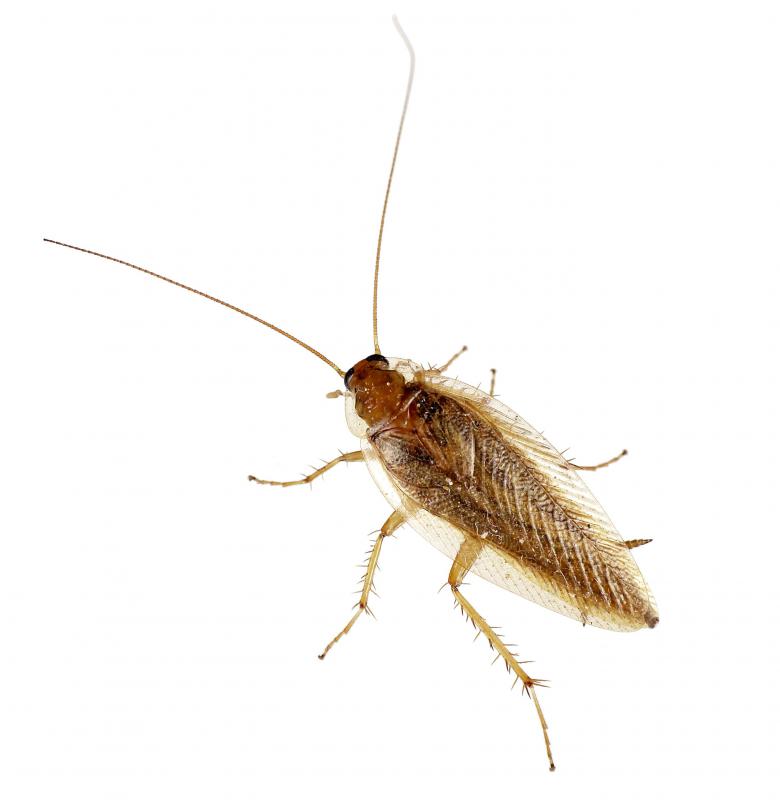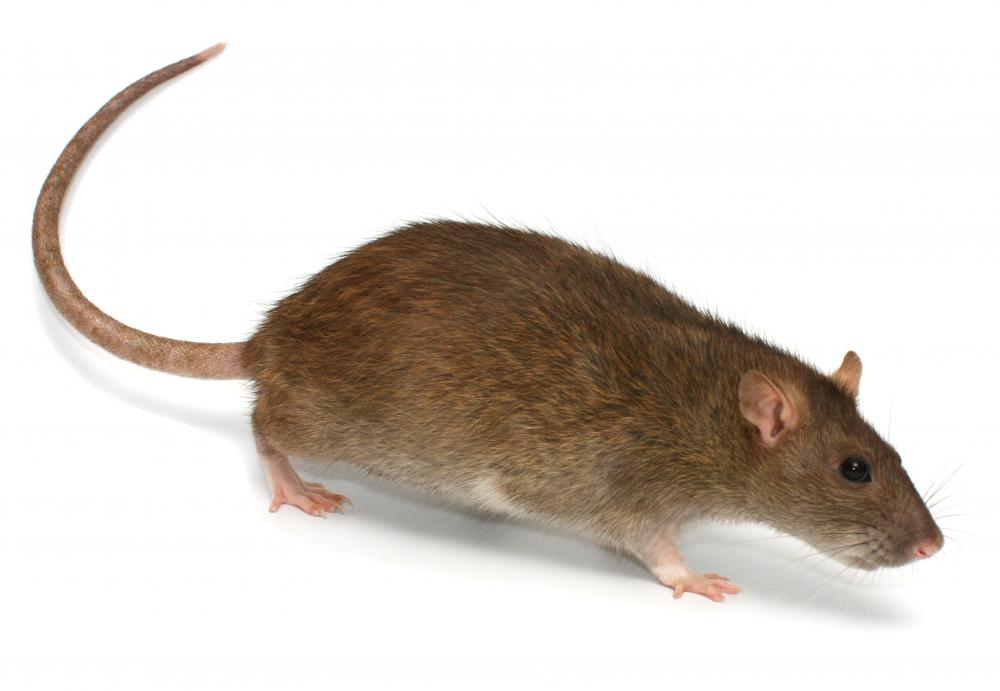At HomeQuestionsAnswered, we're committed to delivering accurate, trustworthy information. Our expert-authored content is rigorously fact-checked and sourced from credible authorities. Discover how we uphold the highest standards in providing you with reliable knowledge.
What is Electronic Pest Control?
Electronic pest control is often considered an alternative to using chemicals and traps to get rid of insects, rodents, and small animals. One of the main types is ultrasonic, using high frequency sound waves that the human ear cannot detect in an attempt to annoy pests enough to stay away. Another common type of electronic pest control is electromagnetic, which makes use of the electromagnetic field that surrounds most homes due to their electrical wiring. Finally ionic pest control cleans odors from the air so that most pests are not attracted to the home, as they can no longer smell food. Each type tends to affect different kinds of pests, and has its own pros and cons.
Ultrasonic pest control devices put out sounds with that cannot be heard by humans, but are quite uncomfortable for most pests. Both large animals and small insects can typically pick up the sound, and are usually driven away in annoyance. While insects like mosquitoes can sense the high pitch with their antennae, some use their organs to observe the sound, including butterflies, moths, and grasshoppers. Either way, this type of electronic pest control can drive pests away without hurting or killing them. Additionally, the ultrasonic method can be altered occasionally so that its targets do not become used to the annoying sound.

Electromagnetic pest control sends a signal through the wiring that usually surrounds most modern homes, changing the frequency so that pests are too annoyed to stay near it. Though it works differently from ultrasonic pest control, the results are similar, with most pests being driven away since they cannot eat, breed, or build nests in peace. This type of electronic pest control turns the signal on and off frequently to avoid allowing insects and rodents to become used to it. It should be noted that those with rats, mice, or other rodents as pets should avoid using electromagnetic pest control since it is likely to annoy them, as well.

Another method of electronic pest control is the ionic technique, which creates negative ions that clear the air of harmful pollutants. These may include bacteria, dust mites, and even odors that often surround the air near houses, making the pests less attracted to homes near this tool. In addition, negative ions usually appear after a rainstorm, which may explain the fresh feeling in the air since they can clear out most pollutants. Considering that most pests can sense negative ions, letting them know that a storm is on its way, it should not be surprising that this type of electronic pest control often makes them anxious enough to leave the area.
AS FEATURED ON:
AS FEATURED ON:














Discussion Comments
I was wondering if ions wold keep bugs away. Very interesting. I can see many uses for this in camping and indoor food growing.
Post your comments